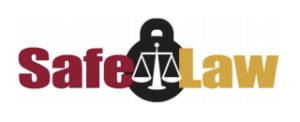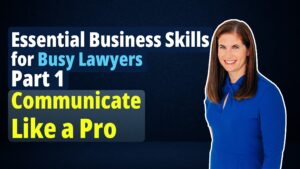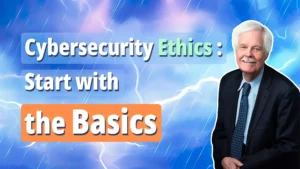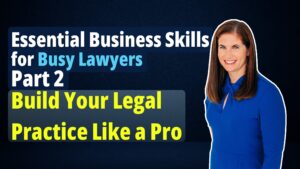A well-documented case file provides a clear picture of the work you’ve done for a client, which can be invaluable if you have to defend yourself in a bar grievance or malpractice claim.
But documentation does more than just protect you. It expedites the case, facilitates teamwork and saves time and money. Below are some practice pointers for documenting your law cases.
Running a law office can be a roller-coaster. While some of the ups and downs are outside your control, others can be managed, contained and prepared for. Join us on September 28 at 12 noon CT for the free, one-hour CLE webinar “Managing a Law Office in Uncertain Times: Practical Tips for Building a Solid Foundation for Your Law Practice.” See how a one-page business plan may be all you need. Learn safe and effective “scripts” for initial consultations. Receive a crash course in Law Office Budgeting 101 and Best Practices for client screening. Discover the “Dirty Dozen” list of clients to avoid. The webinar is presented by Gary Poole, a 40-year practitioner and mentor for new lawyers, and Hannah Chapman, a business and financial consultant for small businesses. Attend “Managing a Law Office in Uncertain Times” for a master class on how to maintain law office excellence through good times and bad. Register here.
Documentation Tip #1: Read ABA Model Rule of Professional Conduct 1.4 – Communication. A lawyer shall: (1) promptly inform the client of any decision or circumstance with respect to which the client’s informed consent, as defined in Rule 1.0(e), is required by these Rules; (2) reasonably consult with the client about the means by which the client’s objectives are to be accomplished; (3) keep the client reasonably informed about the status of the matter; (4) promptly comply with reasonable requests for information.
Documentation Tip #2: Put it in Writing
There is a good reason airline pilots maintain flight checklists. It keeps them on track and minimizes the risk that routine tasks will be overlooked. And if something does go wrong, it provides a contemporaneous record of what happened and why.
Documentation Tip #3: It’s More Than CYA
Documentation can help rebut an allegation that you made a mistake or did substandard work – but it does much more than that. A good paper trail lets team members open the file and quickly get up to speed. It eases transitions to successor counsel. It aids in insurance audits and internal reviews. And it frees you from having to rely on your memory alone.
Documentation Tip #4: Start Early
Begin building your file at the initial interview. The first documents should be a completed intake form and a signed engagement letter. You should also document the scope of the representation, the client’s instructions and the desired outcome, if these aren’t covered in the letter. Confirm that you’ve screened for conflicts of interest.
Documentation Tip #5: Use Status Reports
Document your progress. Write file notes explaining setbacks and unexpected obstacles. If your scope of representation changes, prepare a new engagement agreement or append a memo – signed by the client – to the existing agreement.
Documentation Tip #6: Keep an Activity Log
Do this even in cases where you don’t bill by the hour. A detailed log shows what you did for your client and how long it took. This could help support a fee request or defend a complaint.
Documentation Tip #7: Document Settlement Authority
Clients who sue for malpractice often allege they weren’t consulted, didn’t give authority or were coerced into a decision. Avoid these scenarios by sending confirmatory letters and documenting your file.
Documentation Tip #8: Go Paperless
If you use digital documentation, make sure all documents are accessible and printable. Maintain hard copies of documents that have legal significance.
Documentation Tip #9: Send Client Letters
Explain how and when the resolution was reached and what it means for the client. Include copies of orders and dispositive documents. Follow-up as needed.
Documentation Tip #10: Use Discretion
Don’t use your file to vent or make inappropriate statements. Assume the client, successor counsel, or a jury will read it someday.
The Bottom Line: A documented file will benefit you, your firm and your client.
Do you practice in Wisconsin, Texas, Minnesota, Ohio, Illinois, Indiana or Michigan? Is your professional liability coverage managed through Alta Pro? If so, you’re automatically a member of the Alta Pro Risk Purchasing Group (RPG), which offers a wealth of benefits for your practice: free, cutting-edge CLE webinars featuring top experts tackling timely topics; the Pro Practice Playbook; the Pro Practice Blog; Reminger’s ProLink risk management assistance; Reminger’s Claim Repair Hotline; discounts on CLIO practice management software; tax savings on health insurance; and access to the Risk Pro, who can help keep your firm safe and successful. Register here and start enjoying your Alta Pro RPG benefits.

















